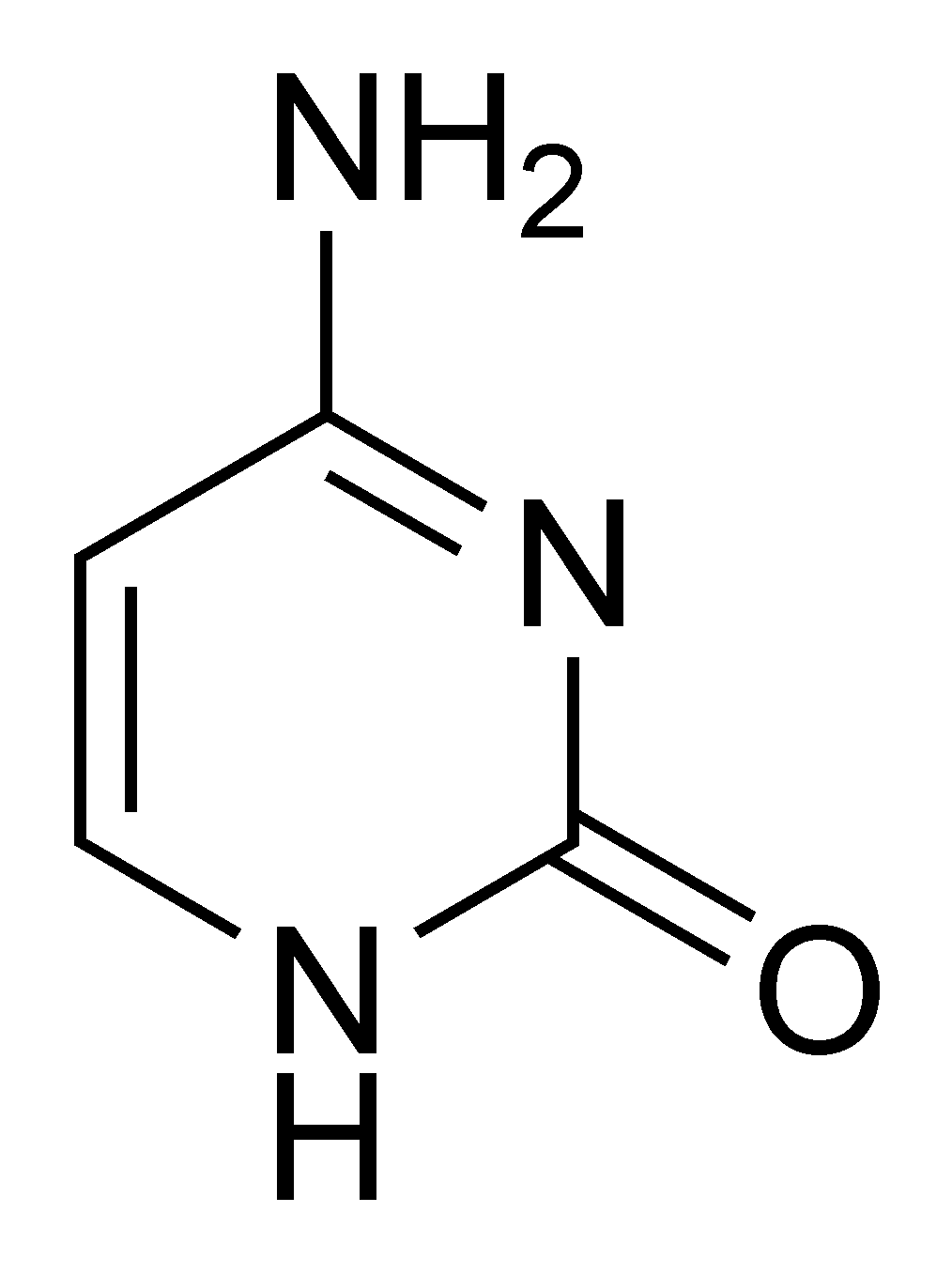5-Methylcytosine
Template:Chembox new
5-Methylcytosine is a methylated form of cytosine in which a methyl group is attached to carbon 5, altering its structure without altering its base-pairing properties.
In vivo
5-Methylcytosine is an epigenetic modification formed by the action of DNA methyltransferases. Its function varies significantly among species:[1]
- In bacteria, 5-methylcytosine can be found at a variety of sites, and is often used as a marker to protect DNA from being cut by native methylation-sensitive restriction enzymes.
- In plants, 5-methylcytosine occurs at both CpG and CpNpG sequences.
- In fungi and animals, 5-methylcytosine predominantly occurs at CpG dinucleotides. Although most eukaryotes methylate only a small percentage of these sites, in vertebrates 70-80% of CpG cytosines are methylated.
While spontaneous deamination of cytosine forms uracil, which is recognized and removed by DNA repair enzymes, deamination of 5-methylcytosine forms thymine. This conversion of a DNA base from cytosine (C) to thymine (T) can result in a transition mutation.
In vitro
5-Methylcytosine can be deaminated to form thymine with use of reagents such as nitrous acid; cytosine deaminates to uracil under similar conditions.
5-Methylcytosine is resistant to deamination by bisulfite treatment, which deaminates cytosine residues; this property is often exploited to analyze DNA cytosine methylation patterns with bisulfite sequencing.[2]
Additional images
References
- Griffiths, Anthony J. F. (1999). An Introduction to genetic analysis. San Francisco: W.H. Freeman. pp. Chapter 15: Gene Mutation. ISBN 0-7167-3520-2. (available online at the United States National Center for Biotechnology Information)
